
Keeping winter coats clean
American beavers (Castor canadensis) and North American river otters (Lontra canadensis) both remain active through winter and have evolved many physiological and behavioral adaptions to live through freezing weather.

Petrichor: The scent of rocks and rain
When I hug my son after a day of fall bouldering, his hair smells of the sun-warmed rock we’ve been climbing over. It’s a distinctive odor, evocative of gray ledges and golden light returning after rain, and yet it’s not the rock I’m smelling, but tell-tale traces of life.
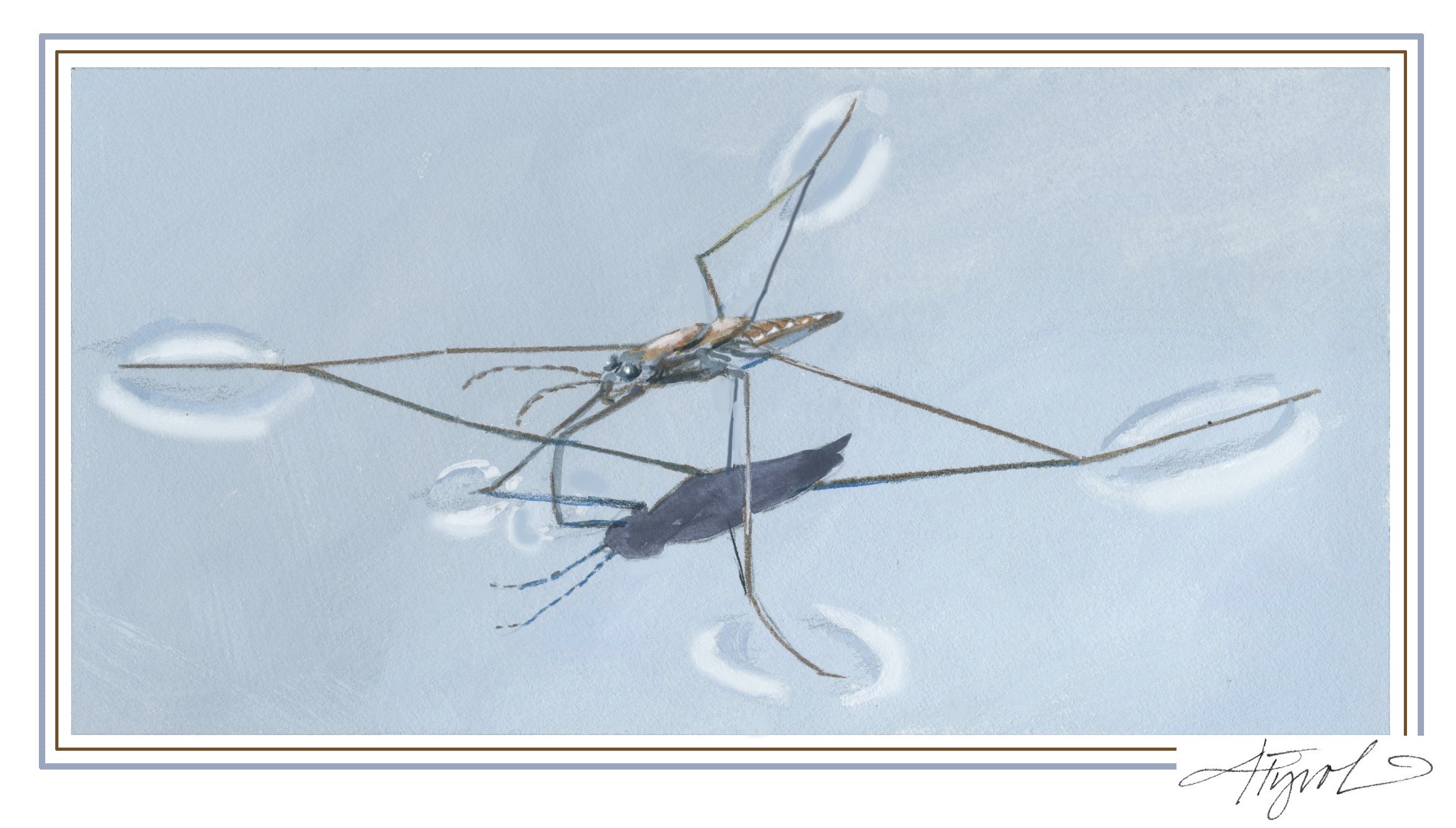
How water striders manage raindrops
Water striders are a common sight on ponds, vernal pools, and puddles. During clear summer days, these insects seem to walk on water – a feat they accomplish through a combination of long legs that distribute their weight across the water’s surface and micro hairs that make these invertebrates extremely water-repellent. But what happens to these water walkers when it rains?

A new discovery about ancient land plants
Growing in damp forests and on foggy mountainsides are plants that embody ancient botanical history. Liverworts are the closest living analogs to the first plants that arrived on land, almost half a billion years ago.

The patchwork life of the brown wasp mantidfly
The brown wasp mantidfly’s lifestyle is as patchwork as its appearance. In its larval form, it hitchhikes on an unassuming spider and ultimately eats the spider’s eggs. As an adult, the mantidfly is a dangerous predator and incognito wasp mimic.
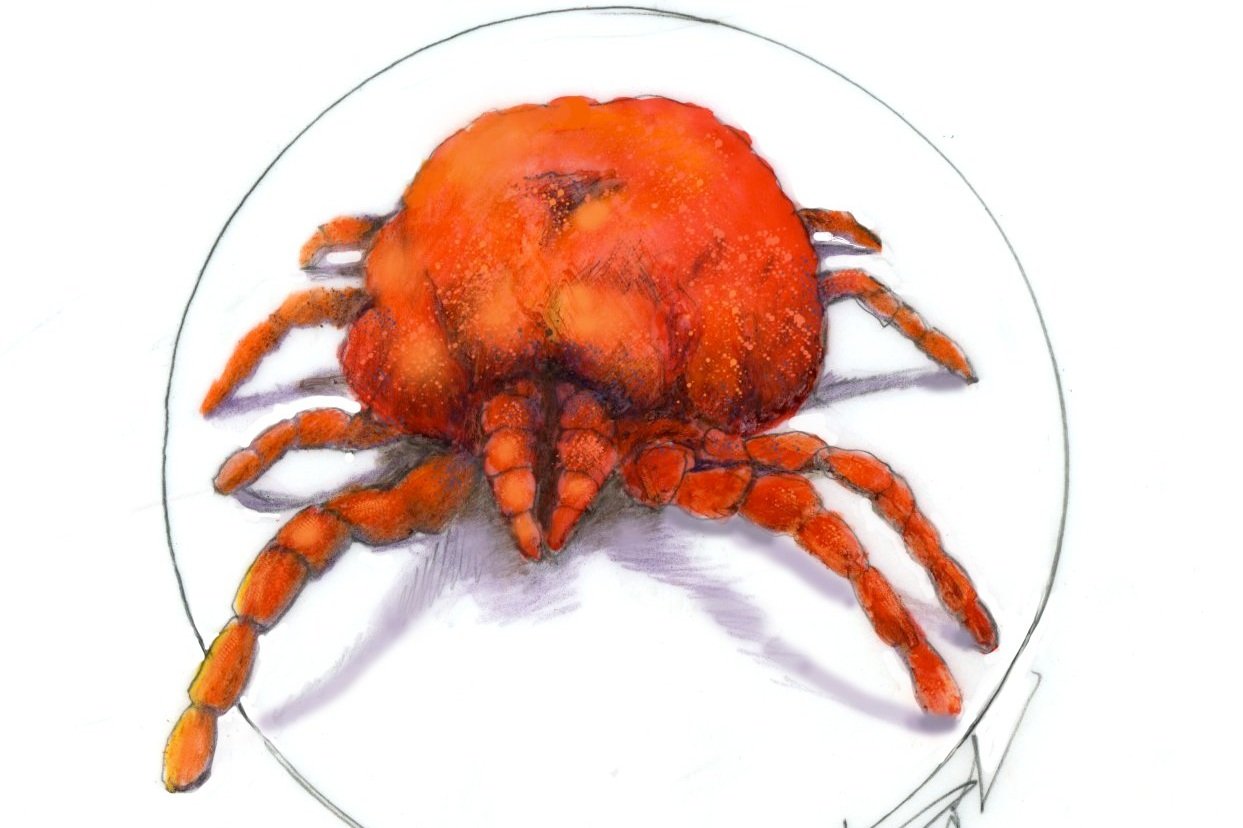
Freezing solid is no problem for red velvet mites in winter
Built like eight-legged, scarlet Beanie Babies, red velvet mites are hard to miss, even though most of them are no bigger than an eighth of an inch long. They are arachnids in the family Tombidiidae, so their relatives include spiders and ticks.
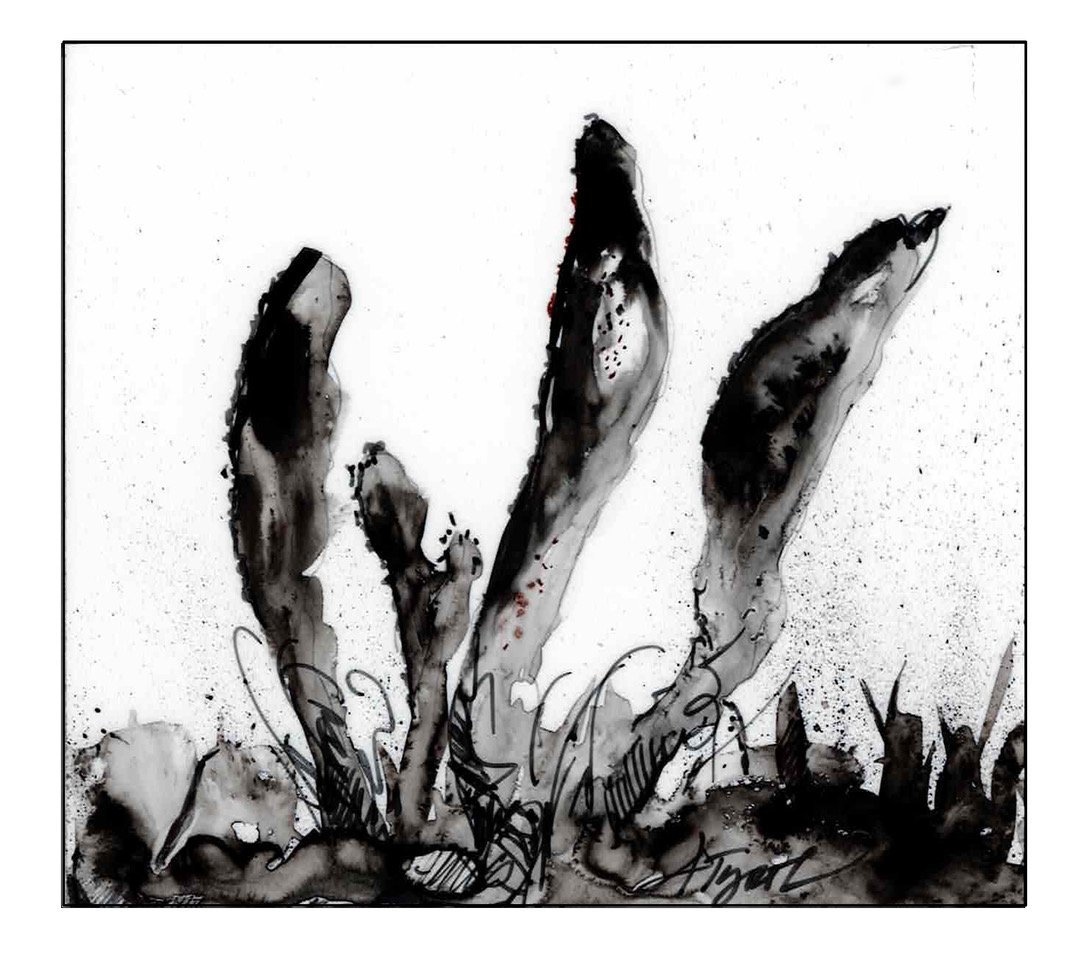
The Outside Story: Surprising winner in this insect vs. fungi contest
The orange caterpillar club (Cordyceps militaris), an insect-eating fungus that is easy to find – if you know what to look for.

The Outside Story: Why some mushrooms glow in the dark
Bioluminescence is light generated from chemical reactions in the bodies of living things, and beings from fireflies and jellyfish to some bacteria and – yes – fungi can produce this effect.
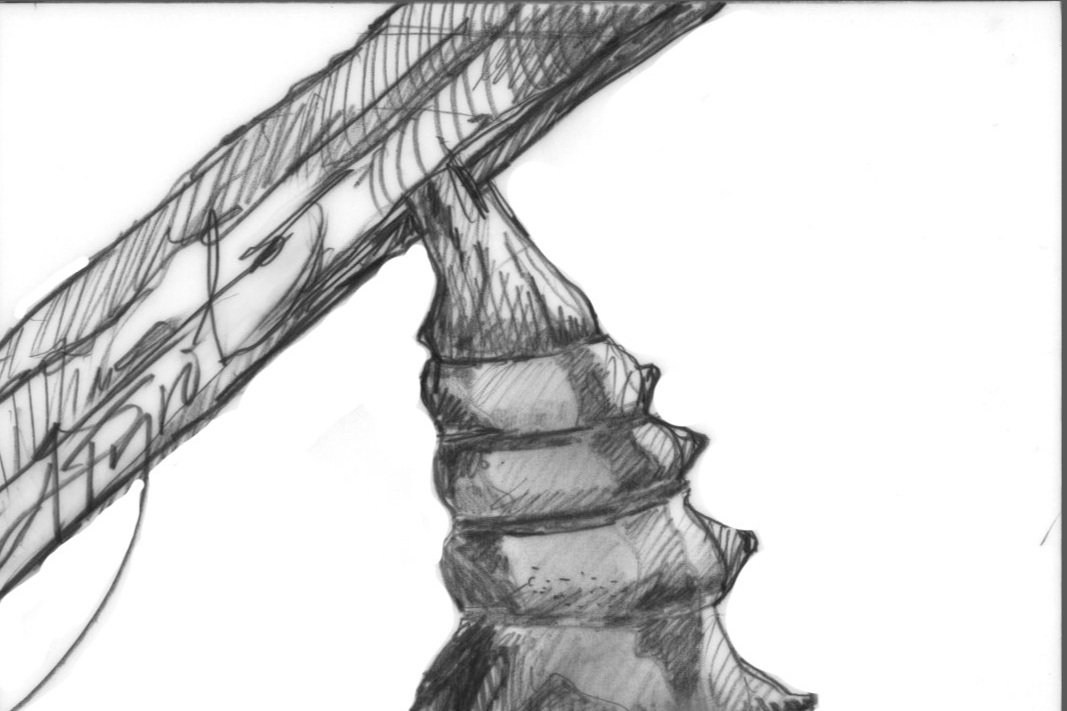
Yes, that’s a wasp emerging from a chrysalis
A caterpillar eats and eats, becomes a chrysalis, and after a period of metamorphosis emerges as a beautiful butterfly! Except, sometimes… it doesn’t quite work that way.

The Outside Story: Of dewdrops and spider webs
On a foggy morning walk, it may seem as if the spider webs on your path have turned into jeweled wonders, every thread a string of gems as smooth as pearls and as sparkling as diamonds.
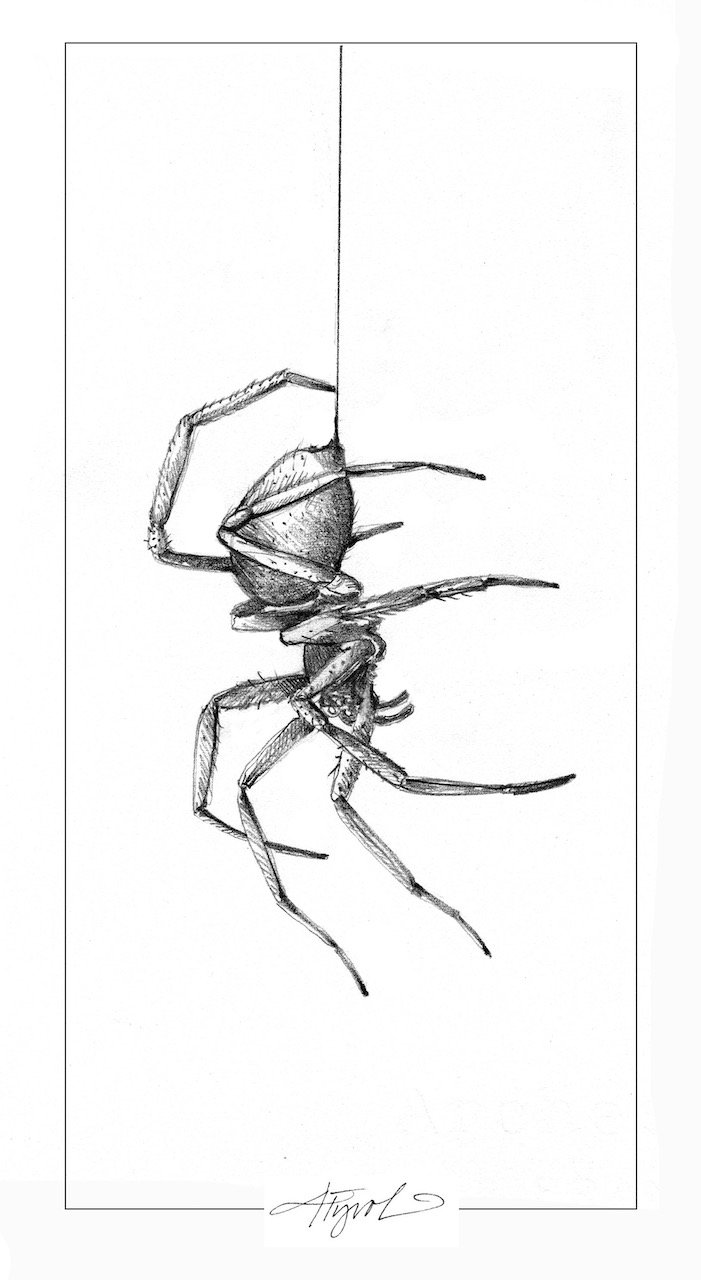
The Outside Story: How to spin a spider web
One neighbor calls our house “the spider house” because so many orb weavers spin webs outside our large living room windows.

The Outside Story: the tangled tale of the ash-tree bolete
If the enemy of my enemy is my friend, then surely the friend of my enemy is my enemy. This inverted cliche is one way to characterize the tangled relationship between ash trees and the ash-tree bolete.
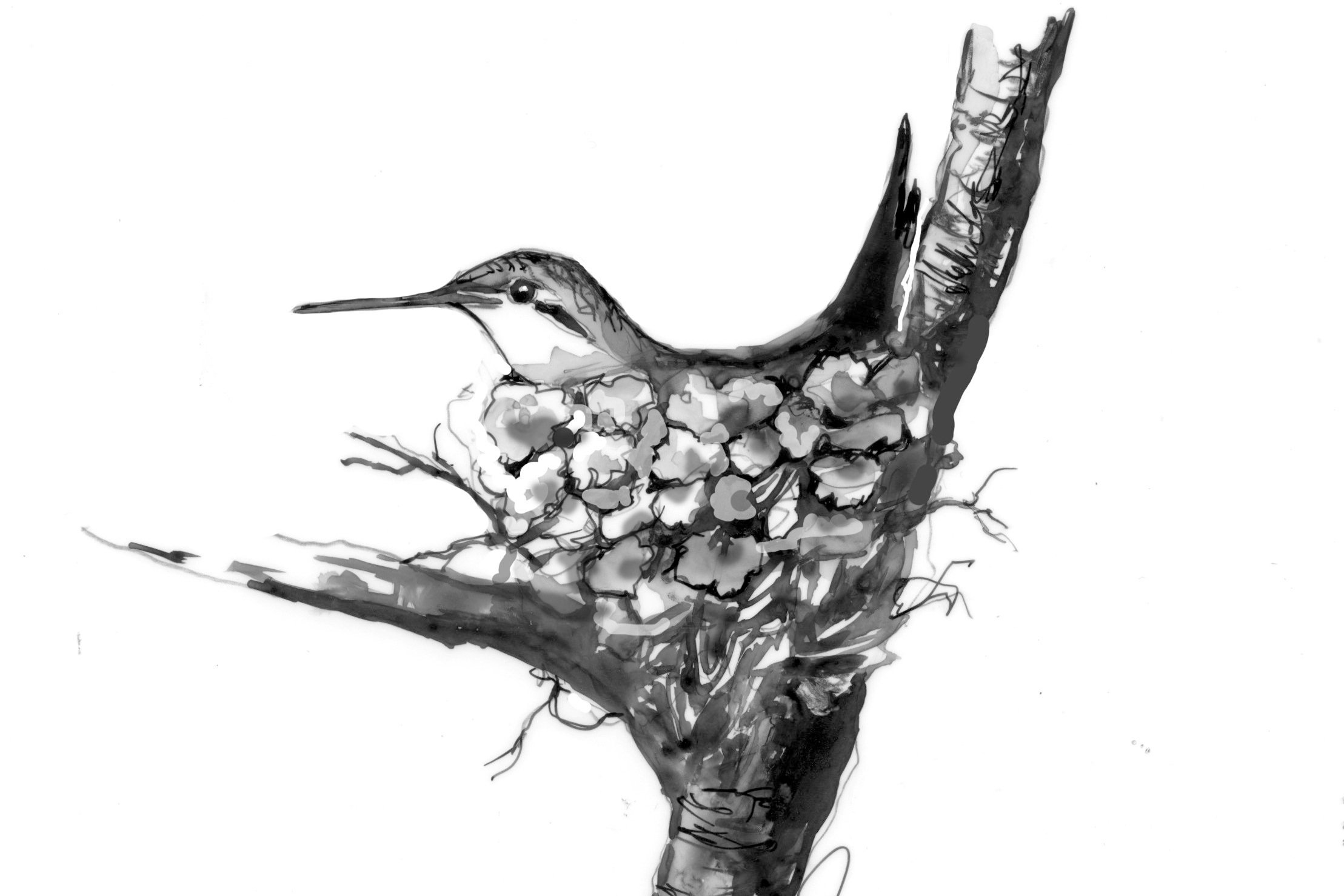
The Outside Story: Lichen as bird-nest camouflage
Birds use a wonderful variety of materials and techniques to create their nests.
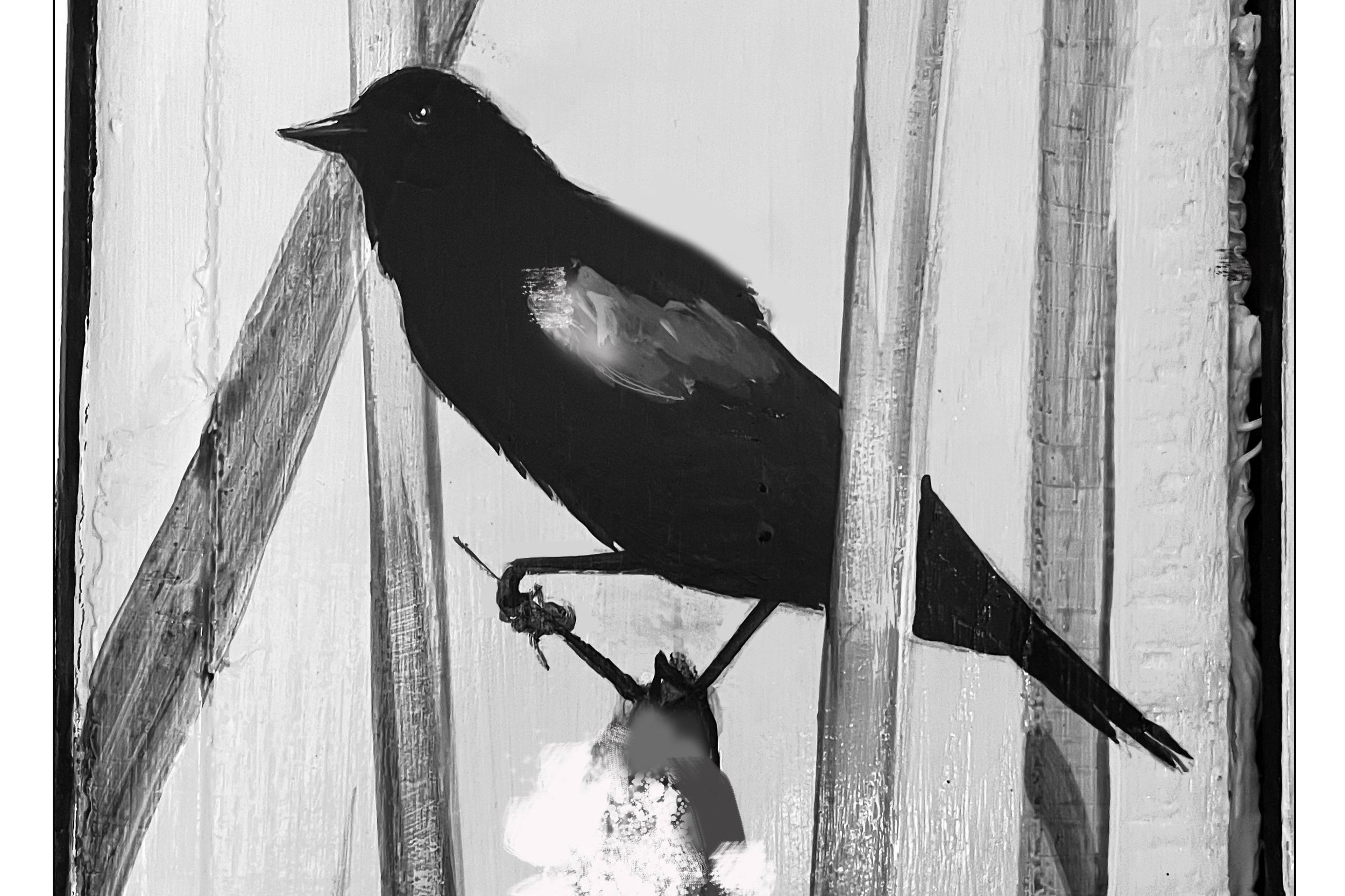
The Outside Story: Cozy cattails harbor life in winter
On a winter day, I drove down to a nearby wetland bisected by a town road and walked carefully onto the ice. I was looking for cattail heads to dissect so I could meet the caterpillars who overwinter inside the seed fluff.

The Outside Story: Fungi, winter ticks, and moose
Legend says a stake through the heart will kill a vampire. But it’s a bit more complicated if you’re plagued – as moose can be – by tens of thousands of tiny blood-suckers.

The Outside Story: Wood rot rainbow
As we stroll down a forest trail, we pass trees of all types and sizes, with red and orange and brown leaves strewn below, a riot of ferns fading to yellow, and intermittent moss-covered rocks.
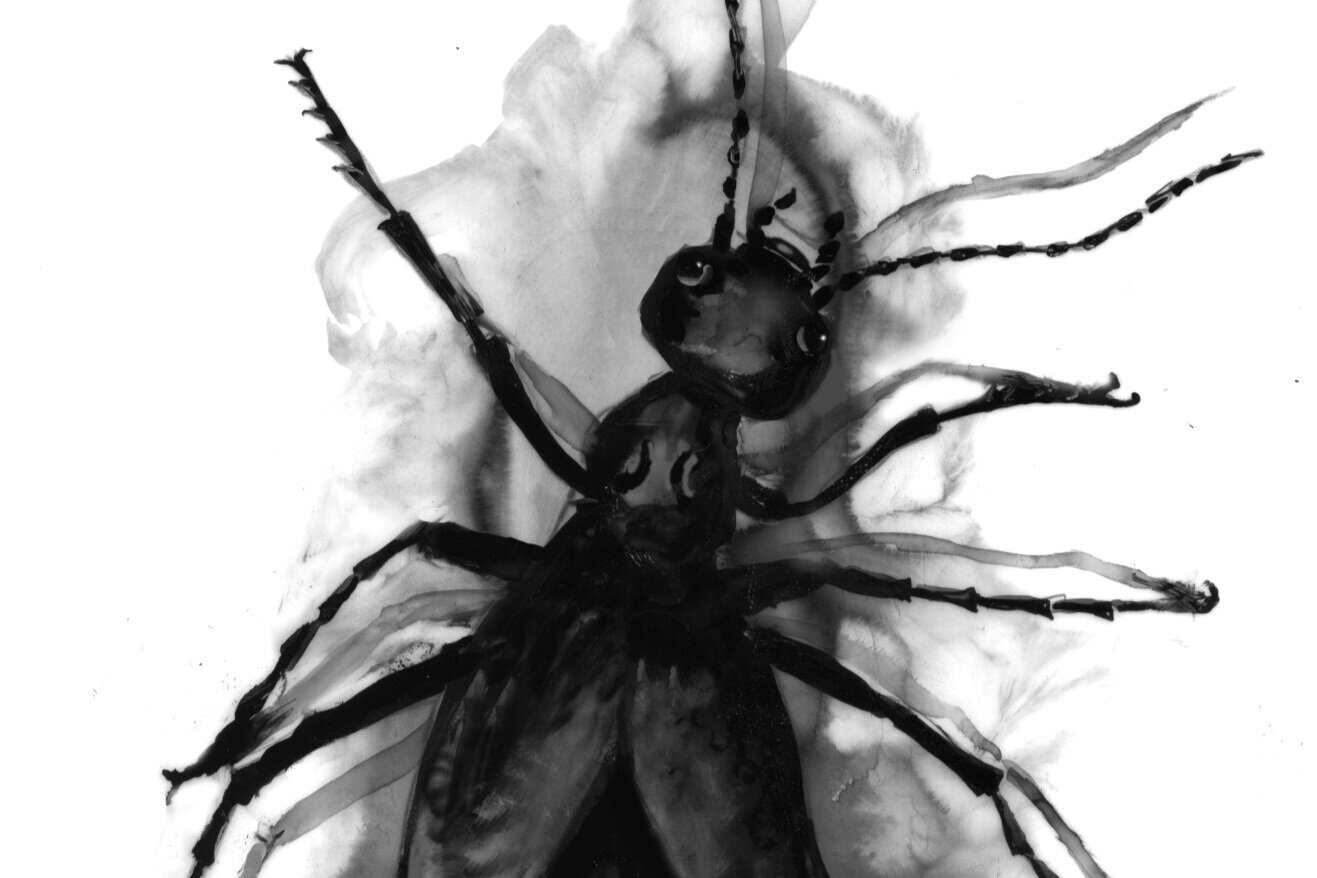
The Outside Story: Blister beetles chemical defense has a silver lining
“I’ve got something for you,” my husband calls from the front door. He’s found an oddly beautiful beetle in the autumn woods.

The Outside Story: These spiders are masters of disguise
I put the small brown ant I had mounted (but never identified) under a microscope and peered down at it. Two huge, headlight-like eyes stared back at me.
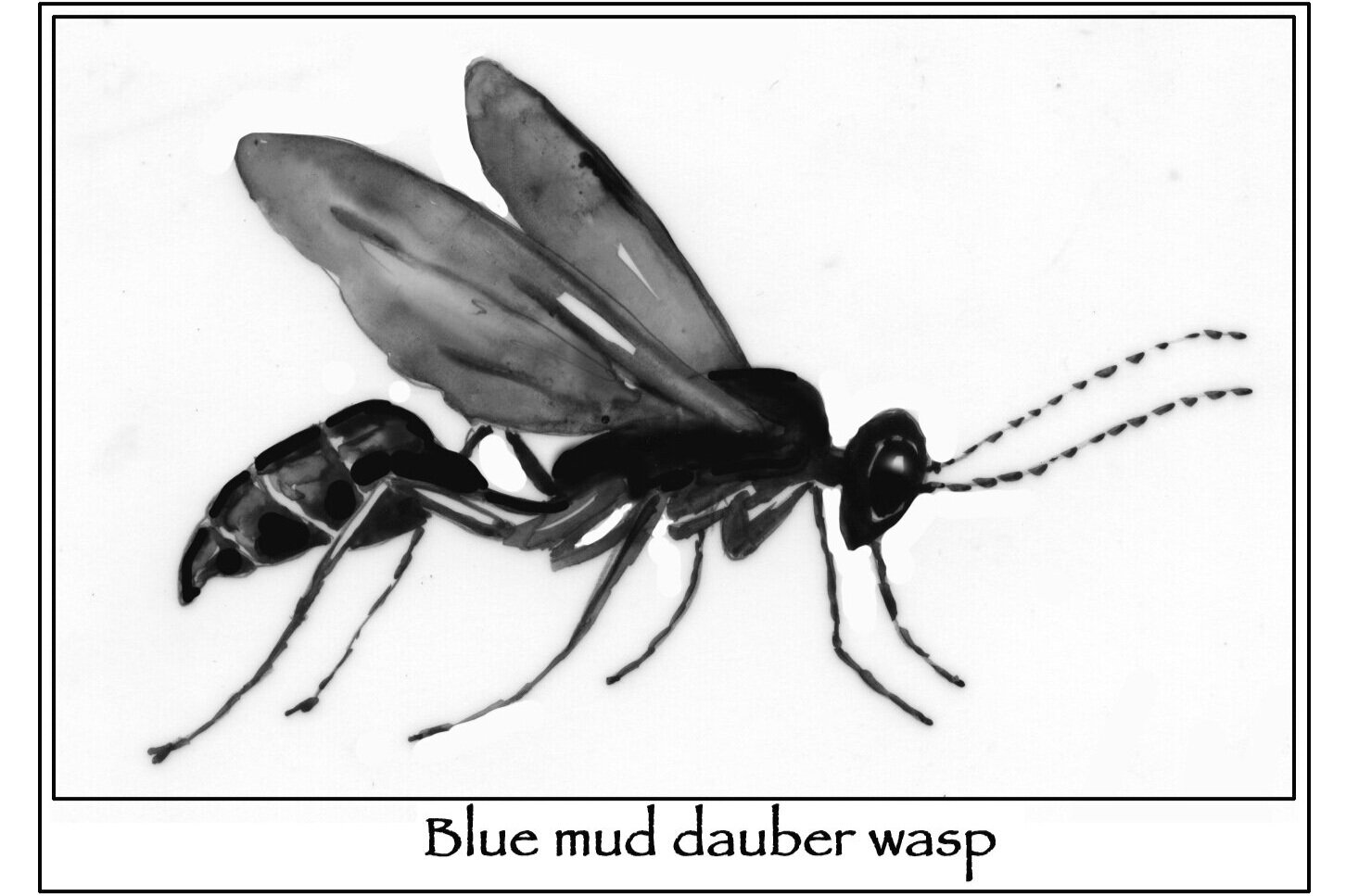
The Outside Story: Showy digger wasps are proficient providers
Last summer while working in the garden, I was startled when a fast-flying wasp dropped a plump pumpkin spider on the soil in front of me.

The Outside Story: Klepto… what? Bullying between species
Picture a robin, out in the morning and hopping around the park. It finds breakfast in the form of a worm, but out of the nearby trees swoops a bigger bird. The bigger bird acts threatening, and the robin surrenders its worm. It’s a common scenario between many kinds of animals – and a classic example of kleptoparasitism, parasitism by theft, usually of food.
